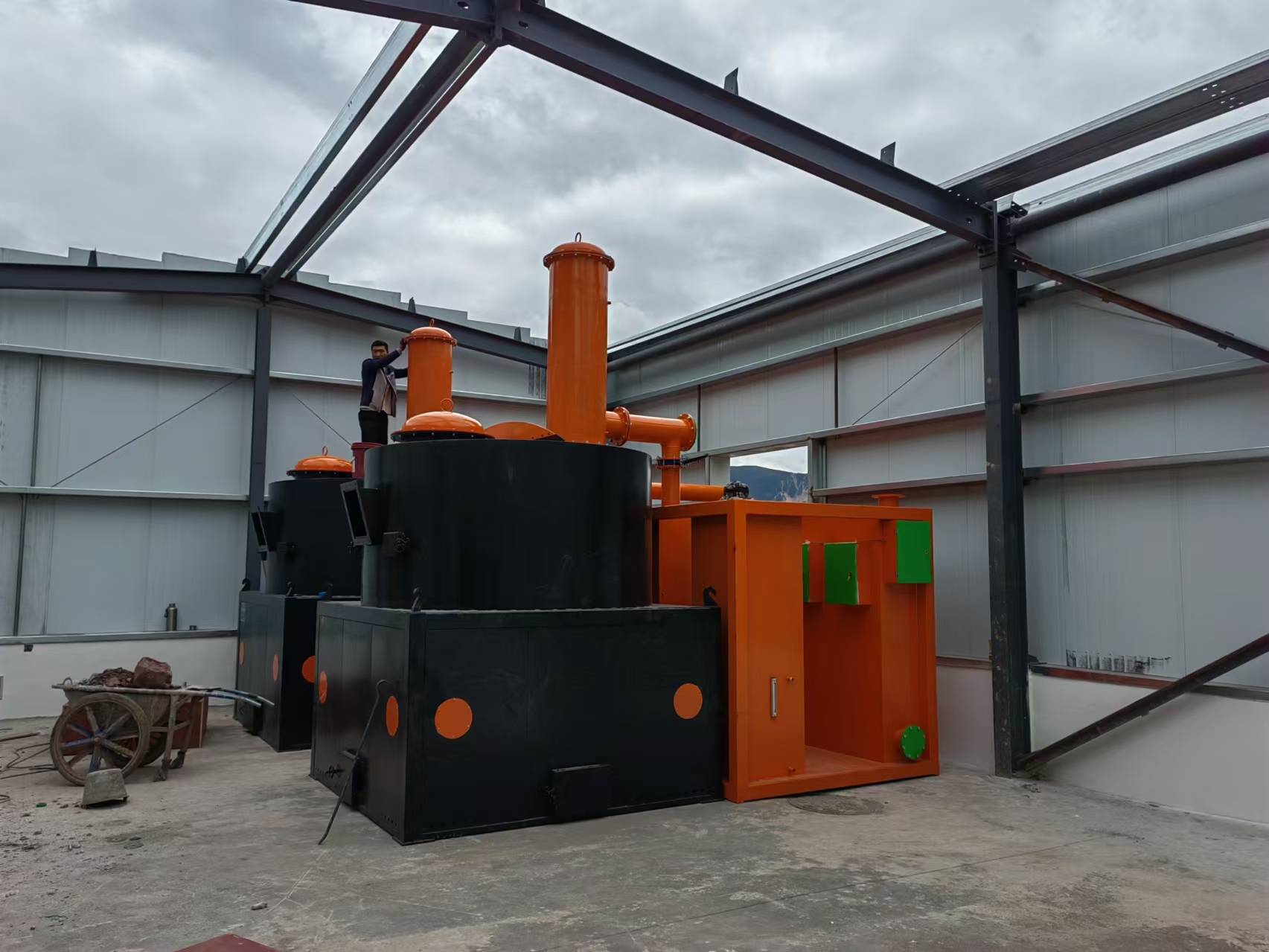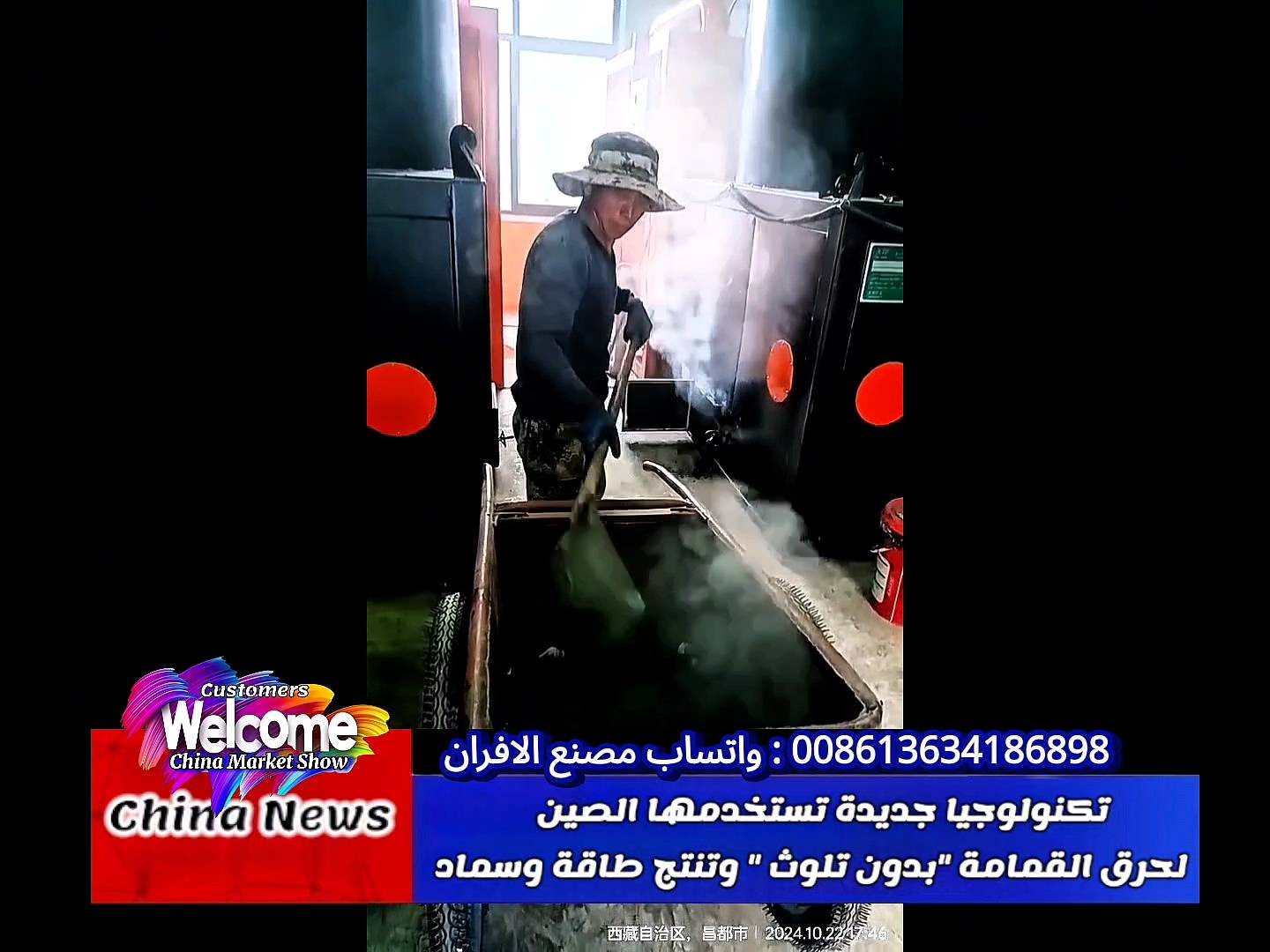Low-temperature magnetic organic matter pyrolysis incineration power plant
Small-scale waste-to-energy (Fireprint) waste-to-energy
is the process of using waste to generate energy (usually electricity and heat) on a smaller, localized scale (rather than large centralized facilities).
This method does not involve incineration,
it belongs to a variety of technologies such as low-temperature pyrolysis and gasification,
using magnetic decomposition,
applied to small infrastructure,
areas with limited processing and localized energy production.
Technology and process:
Low-temperature pyrolysis
operates at 50-280 degrees Celsius,
and the chimney produces carbon monoxide, methane, and hydrogen for steam and electricity production.
Conditions:
Waste is decomposed under low-temperature, oxygen-free conditions,
organic matter forms anion ash (a calcium substance used as forest fertilizer) in a simulated natural state,
discharges steam and combustibles,
and produces no or very little harmful substances (dioxins).
Other technologies:
jrhz.infoAnaerobic digestion,
which breaks down organic matter in the absence of oxygen to produce biogas,
is also considered a WTE technology,
especially for easily putrescible waste.
PRC Fireprint Technology:
The leader in small, low-temperature waste-to-energy generators.







